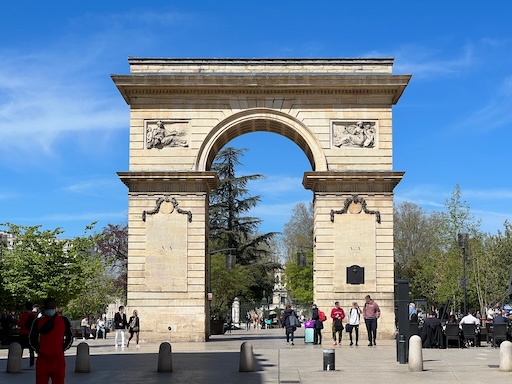
When people hear “Dijon,” most immediately think of that golden, spicy condiment that graces sandwiches around the world. And yes, this city in the heart of France is indeed the birthplace of Dijon mustard—but Dijon is far more than just a spread.
Nestled in the Burgundy region, Dijon is a time machine disguised as a town. Cobbled streets wind through medieval houses, 15th-century churches cast long shadows over bustling markets, and the scent of fresh bread, fine wine, and yes—mustard—hangs in the air like an invisible welcome banner.
The Golden Owls and Medieval Murals
Dijon’s old town is a UNESCO-protected labyrinth of stories. The best way to explore it? Follow the trail of brass owls embedded in the pavement. This self-guided “Owl Trail” takes curious wanderers past timber-framed houses, hidden courtyards, and elegant mansions built by the Dukes of Burgundy.
One such stop is the stunning Palais des Ducs, the former seat of Burgundian power that now houses the Musée des Beaux-Arts. If you loved the artistic grandeur of Musée d'Orsay, Dijon’s collection might surprise you—featuring everything from medieval tomb sculptures to 20th-century avant-garde works.

Mustard with a Side of Legacy
Of course, let’s talk mustard. Dijon’s name has become synonymous with the tangy condiment, but few realize that authentic Dijon mustard doesn’t even have to be made in Dijon. Still, there’s something poetic about tasting it here. At the Maison Maille, mustard becomes art—you can sample mustard aged in oak barrels or even mustard infused with black truffle.
And if your taste buds are up for it, try a mustard tasting flight (yes, that exists). Trust us, nothing wakes you up faster than a tiny spoonful of horseradish-mustard fusion at 10 a.m.
Burgundy Wine: From Vineyard to Cellar
Burgundy isn’t just any wine region—it’s legendary. Just outside Dijon, rolling vineyards stretch across golden hills, home to Pinot Noir and Chardonnay grapes that command some of the world’s highest prices. Even if you’re not a wine connoisseur, visiting a cellar in the Côte de Nuits or a local wine bar in Dijon is an experience in culture, not just consumption.
Feeling fancy? Hop on the Route des Grands Crus, a scenic wine trail that rivals the romance of a Seine River cruise—but with more alcohol.
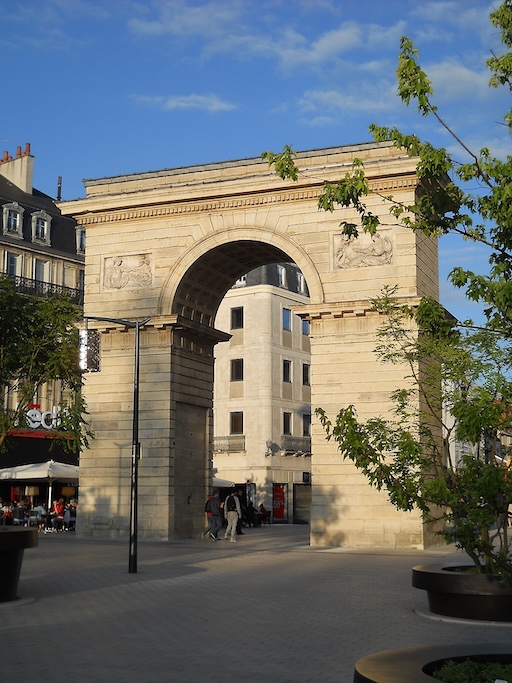
The Heart of Burgundy’s History
Beyond food and drink, Dijon is steeped in history. The Saint-Bénigne Cathedral hides ancient crypts beneath its gothic towers. The Place François Rude (locally called Place du Bareuzai) offers a cozy square where locals sip espresso under 14th-century façades. Street musicians play violins while students and artists fill the alleyways with energy.
If you're into quirky finds, check out the Owl of Dijon carved into the Notre-Dame Church. Legend has it that if you touch it with your left hand while making a wish, the owl might just make it come true.
Hidden Courtyards and Renaissance Surprises
One of Dijon’s most underrated charms lies behind the big doors. Literally. Many buildings—especially in the old town—hide beautifully preserved Renaissance courtyards, complete with spiral staircases, decorative stonework, and miniature gardens. Some are open to the public, while others can be discovered during heritage festivals or by charming a local guide into sharing their secrets.
A standout is the Hôtel de Vogüé, a 17th-century mansion whose richly decorated courtyard and multicolored Burgundian roof tiles are a feast for the eyes. It's the kind of place where you can imagine time-traveling diplomats whispering alliances under the flicker of torchlight.
And if you’re wandering aimlessly (which you absolutely should), don’t be surprised if you end up face to face with an unexpected art installation or a centuries-old well sitting quietly beneath ivy and balcony shadows.
Day Trips and Dijon’s Perfect Basecamp Role
Dijon isn’t just a destination—it’s a fantastic basecamp. From here, you can hop on a train to Beaune, a smaller Burgundy town famous for its wine auctions and the jaw-dropping Hôtel-Dieu, a medieval hospital turned museum that looks straight out of a fantasy film. Or take a short drive to the Abbey of Fontenay, another UNESCO gem surrounded by forests and fountains.
Wine lovers can continue south to explore villages like Nuits-Saint-Georges or Pommard, where vineyard rows stretch toward the horizon and every local seems to have a secret Pinot stash. History lovers might swing east toward the Roman ruins of Alésia or west toward the Morvan forested hills.
In short, Dijon offers the best of both worlds: big enough to keep you entertained for days, yet central enough to serve as your Burgundy HQ. It’s a city that knows how to treat visitors—not like tourists, but like honored guests joining in on its centuries-old story.
Markets, Macarons, and Moments
Don’t leave Dijon without a stroll through the Les Halles market—an iron-and-glass food hall dreamt up by Gustave Eiffel himself. Here, local vendors tempt you with cheeses oozing with aroma, baguettes still warm from the oven, and seasonal fruits that seem too pretty to eat.
For dessert? Try a cassis macaron, made from the local blackcurrant liqueur. Or better yet, grab a seat at a café and just watch the world go by. Because that’s the thing about Dijon—it invites you not to rush, but to linger.
One Last Sip
Dijon isn’t loud. It doesn’t shout its name from mountaintops. But it whispers—through mustard jars, through cobbled stones, through clinking glasses of red wine. And if you listen closely, it tells the story of a city that has quietly preserved its elegance, flavor, and charm for centuries.
Whether you’re here for the gastronomy, the Gothic cathedrals, or just a curious heart seeking wonder, Dijon delivers something deliciously unexpected.
Share this story and inspire others.
Tags: Dijon, Burgundy, French Mustard, Wine, Medieval City, Hidden Wonders, France Travel
 Parc National des Calanques – Limestone Cliffs and Hidden Blue Coves Near Marseille
Parc National des Calanques – Limestone Cliffs and Hidden Blue Coves Near Marseille
 Nice – Where the Riviera Glitters with Old-World Glamour
Nice – Where the Riviera Glitters with Old-World Glamour
 Verdon Gorge – France’s Grand Canyon of Emerald Waters
Verdon Gorge – France’s Grand Canyon of Emerald Waters
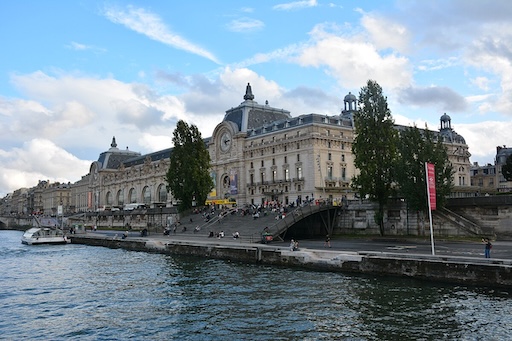 Musée d'Orsay – Where Impressionism Lives in a Former Train Station
Musée d'Orsay – Where Impressionism Lives in a Former Train Station
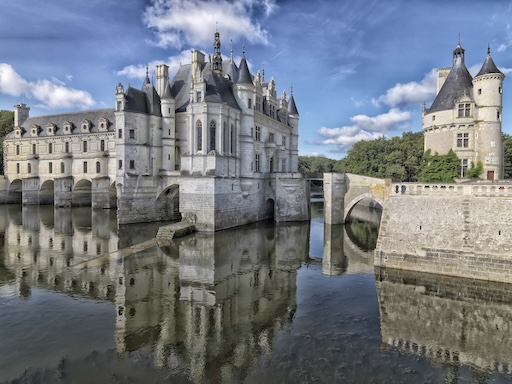 Château de Chenonceau – The Elegant Castle Over the Cher River
Château de Chenonceau – The Elegant Castle Over the Cher River
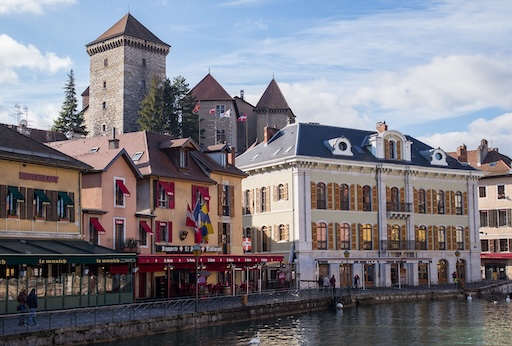 Annecy – The Venice of the Mountains
Annecy – The Venice of the Mountains
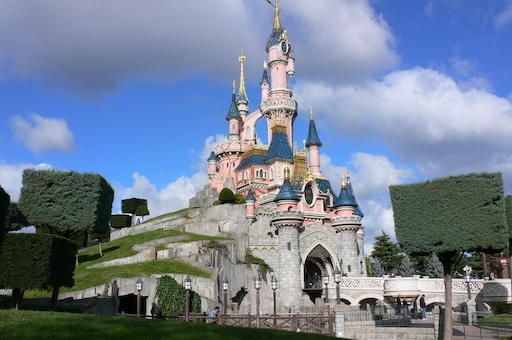 Disneyland Paris – Where Fairy Tales Speak French
Disneyland Paris – Where Fairy Tales Speak French